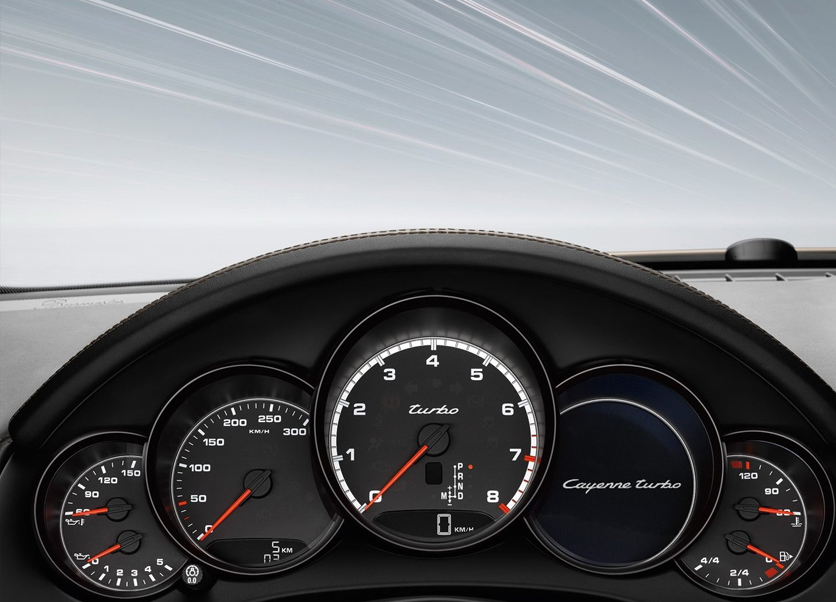About us
Evo Chip Tuning Files offers high precision and custom-developed ECU Tuning Files and tuning services for your diesel as well as petrol engines to power up your cars while increasing fuel efficiency.

Anti Lag is a system used to eliminate turbo lag. It is usually designed for rally cars to spin the turbo at full speed even at low engine speed. It also means the driver has instant power through corners and between gear changes. In everyday life, electric rotors powered by batteries are used in cars to reduce turbo lag. However, this is of course not enough for rally cars and WRC cars. Now, in the light of this information, let's examine what the Anti-Lag system means in a comprehensive way.
Before answering what Anti-Lag is, let's go back in time. As most of us know, turbocharging really wasn't known until the early 1980s with the Audi Quattro. The introduction of all-wheel drive rally cars introduced more power to the ground than 2wd rally cars. In this way, the awareness of the turbocharger has increased.
A turbocharger is a very ingenious piece of kit that allows a smaller engine to produce the power and torque of a larger engine. The turbo does this by compressing air and forcing it into the engine. It is a great system to save space and weight. When there is no anti-lag, there is a turbo lag.
To deliver maximum power, the exhaust gases must leave the engine with great force to continue turning the turbocharger. When a rally driver takes his foot off the accelerator, the engine speed drops. This means that the gas coming out of the engine drops and the turbo slows down. Then, when the rally driver puts his foot back on the accelerator, the turbocharger takes a few seconds to re-engage. The time it takes for the turbo to start producing boost is called turbo lag.
An anti-lag system, commonly known as ALS, is a system of components designed to maximize the performance of turbocharged engines by reducing what is called turbo lag. This technology has been around since the 80's, but today, in the age of downsized and powered engines, its popularity and performance have increased even more.
Turbo lag is a phenomenon in which throttle response is adversely affected by the inertia of the rotating components within a turbocharger. There is a delay between pressing the accelerator pedal and the extra power boost from the turbocharger. This lag is present on all turbochargers, but the larger the turbocharger, the more turbo lag there will be.
The anti-lag system works by deliberately burning fuel and air inside the turbocharger's turbine housing. The system controls the addition of additional fuel to the enclosure and relies on the hot temperatures of surrounding components to ignite the mixture. This combustion provides the force necessary to keep the turbine spinning even when the engine is not generating significant exhaust flows. As a result, the turbocharger always rotates and produces a useful amount of boost, regardless of the amount of exhaust flow.
The anti-delay valve provides a means to maintain turbine speed, eliminating lag in gear shifting and deceleration. This is achieved by allowing charged fresh air from the turbo to be safely routed to the exhaust manifold pre-turbo while the throttle is at low opening angles to allow more secure coiling of the turbocharger without the potentially damaging throttle-based afterburner style anti. When the ALV valve is active, boost pressure is directed around the engine (rather than through it) to the exhaust manifold. Combined with fuel and ignition strategies (from the ECU), turbo speed is maintained and more importantly, a usable boost is readily available when the throttle is opened again. The ALV features a valve diameter of 40mm, a purpose-built actuator housing with a sealed dual-chamber design, and a top port primary control port.
As we explained above, anti-lag discharges fuel and air into the exhaust system to keep a turbocharger or a turbocharger set at the spool and ready to produce all the horsepower. A 2-phase motor is only a secondary speed limiter. There are two rev limits, one at a lower start rpm limit than redline and the other at a higher rev limit for upshift. The 2-phase engine system can hold the launch rpm limit almost indefinitely and keep the turbocharger on the reel.